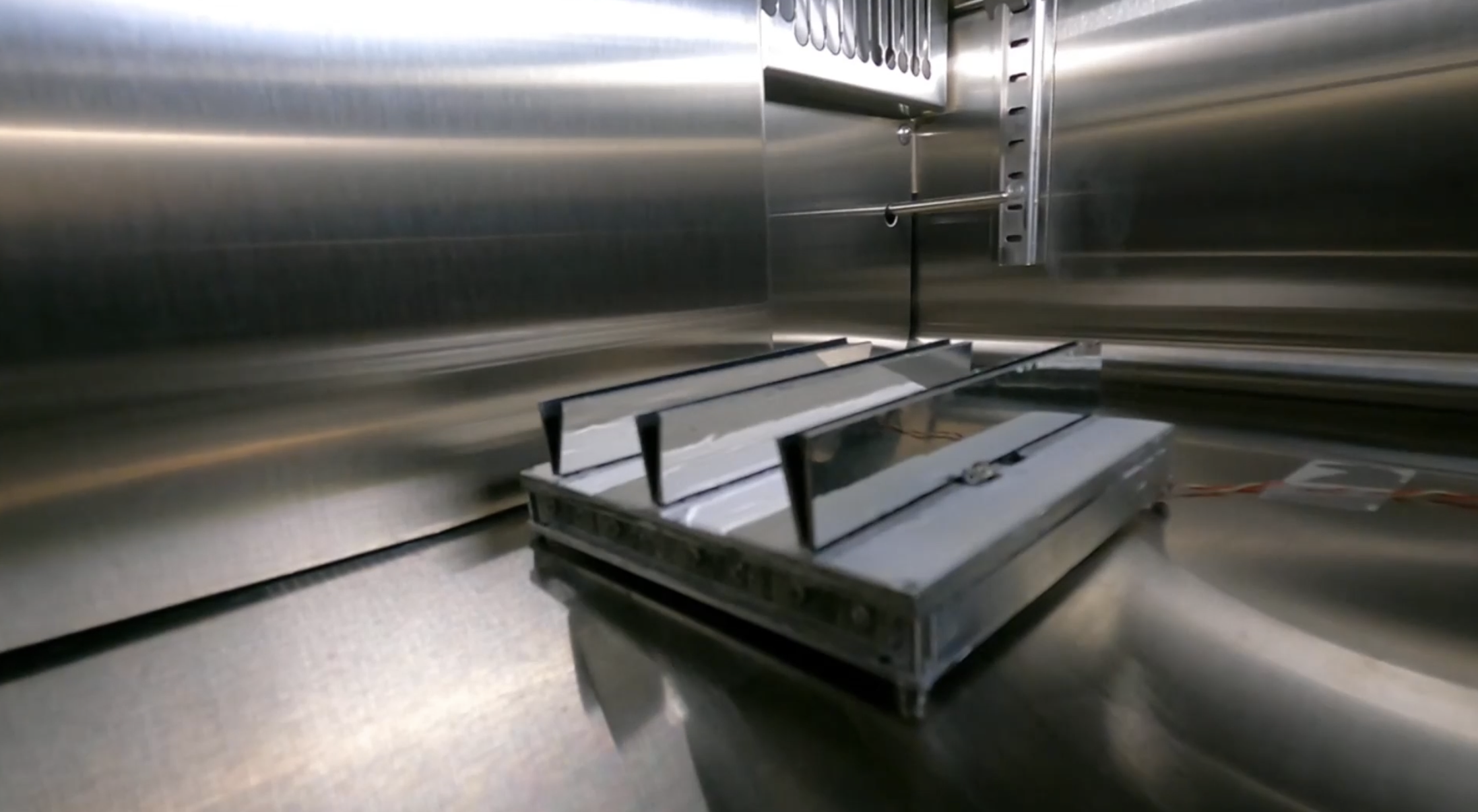Scientists at the University of California Santa Barbara published a paper that proposes adaptive roof tile technology that can adjust to ambient temperatures.
Using a wax motor, tiles could switch from a heating or cooling state enabling savings on heating and cooling costs. The motor switches between cooling and heating states within 3 degrees Celsius of the switch temperature.
The concept could reduce cooling and heating needs by more than 2.5 times, the paper says. The volume of wax changes as the ambient temperature changes, creating pressure that moves mechanical parts. The motor could push or retract pistons that close or open louvers on the tile’s surface.
When there are cooler temperatures, the wax is solid and louvers are closed and lay flat, exposing a surface that absorbs sunlight and minimizes heat dissipation. As temperatures reach about 64.5 degrees Fahrenheit, the wax begins to melt and expand. This action pushes open louvers and exposes a surface that reflects sunlight and emits trapped heat.
Related Stories
| Aug 11, 2010
Toronto mandates green roofs
The city of Toronto late last month passed a new green roof by-law that consists of a green roof construction standard and a mandatory requirement for green roofs on all classes of new buildings. The by-law requires up to 50% green roof coverage on multi-unit residential dwellings over six stories, schools, nonprofit housing, and commercial and industrial buildings.
| Aug 11, 2010
Great Solutions: Green Building
27. Next-Generation Green Roofs Sprout up in New York New York is not particularly known for its green roofs, but two recent projects may put the Big Apple on the map. In spring 2010, the Lincoln Center for the Performing Arts will debut one of the nation's first fully walkable green roofs. Located across from the Juilliard School in Lincoln Center's North Plaza, Illumination Lawn will consist ...
| Aug 11, 2010
Nurturing the Community
The best seat in the house at the new Seahawks Stadium in Seattle isn't on the 50-yard line. It's in the southeast corner, at the very top of the upper bowl. "From there you have a corner-to-corner view of the field and an inspiring grasp of the surrounding city," says Kelly Kerns, project leader with architect/engineer Ellerbe Becket, Kansas City, Mo.
| Aug 11, 2010
AIA Course: Enclosure strategies for better buildings
Sustainability and energy efficiency depend not only on the overall design but also on the building's enclosure system. Whether it's via better air-infiltration control, thermal insulation, and moisture control, or more advanced strategies such as active façades with automated shading and venting or novel enclosure types such as double walls, Building Teams are delivering more efficient, better performing, and healthier building enclosures.







